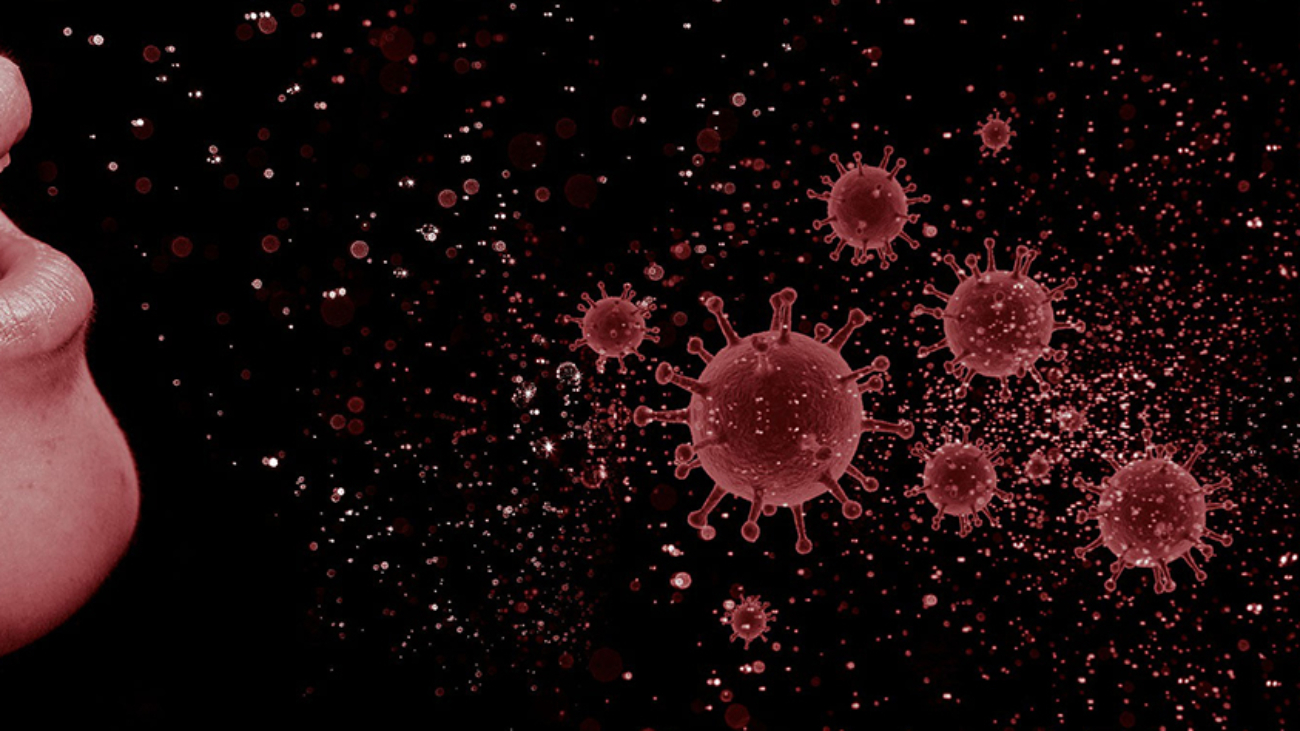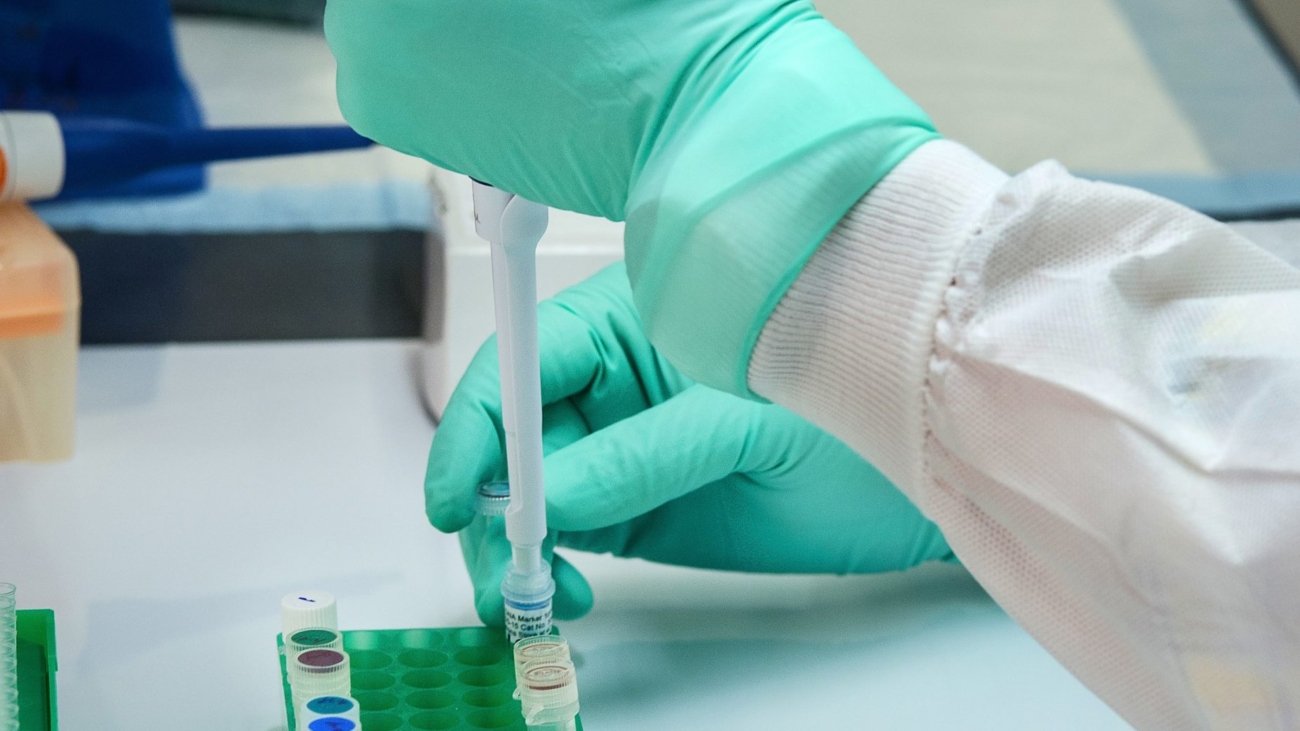After more than three years, SARS-CoV-2, the virus that causes COVID-19, is not the prevailing health concern of Americans. On May 11, 2023, at 11:59 pm, the Public Emergency due to COVID-19 is officially over. (1) What have we learned in these three years? Can’t we just go back to the way it was before the epidemic began in 2020? The answer is NO.
We must go forward. There is no going back. We have learned a lot about respiratory infections in this time period. We have learned enough to provide better respiratory protection for both patients and healthcare workers in healthcare facilities. In the healthcare setting, we learned that bloodborne pathogen standards are necessary, but insufficient, to protect both patients and healthcare workers. We learned that more must be done.
The grim statistics let us know the problems. By April 2023, more than 1.6 million Americans have died due to COVID-19, pneumonia, and influenza since the start of the epidemic. (2) All of these are respiratory diseases. The toll among healthcare workers has been high as well, with increased risks of exposure, and higher deaths than the general
population. (3)
There are numerous guidelines, including droplet guidelines, just not airborne transmission guidance…YET. But there will be. Are you ready? While OSHA has yet to release a standard, increased vigilance in infection control is one significant outcome of COVID-19. Early indicators are that OSHA is likely to include air quality in healthcare facilities. We have learned that enclosed spaces carry a higher risk for the acquisition of respiratory infections. Meanwhile, the Association of Heating and Air Conditioning Engineers (ASHRAE) released an updated position paper on infectious aerosols in October 2022. We are trying to catch up.
Numerous organizations are addressing this issue, including the National Academy of Sciences, Engineering and Medicine. Enclosed spaces in health care settings, and also in transportation, public buildings, and meatpacking industries are being considered.
Droplet transmission guidelines are not enough, we have learned. Aerosol transmission is a concern. For healthcare settings, one nosocomial infection outbreak reported was among six healthcare workers, three of whom did not have direct contact with a child or his mother. No aerosol-generating procedures were performed, and the child was asymptomatic. The child did not cough, sneeze, cry or talk. Yet, the healthcare workers were infected even though more than six feet away from the source of the infected child patient.
All six wore surgical masks and most were at a distance of 6 feet or more without any direct contact. Three did not contact any shared equipment or surfaces. (4) What happened? We have learned that air contains an infective virus, and when the viral load is enough to accessible tissues like the nasal membranes, aerosols can transmit this respiratory disease, COVID-19, from a distance. Droplet or contact transmission just cannot explain this away. Air quality is important.
 Dr. Margaret Scarlett is a public health expert in infectious diseases and infection control. Retired from the US Centers for Disease Control and Prevention (CDC), as a Commissioned Corps Officer of the US Public Health Service, Dr. Scarlett is now a consultant to healthcare, hospitals, and outpatient health facilities. Focusing on improved health outcomes over the last 20 years, she has provided leadership, developed and implementing strategies to reduce morbidity and mortality, due to preventable illness. In addition to the US Department of Health and Human Services, Dr. Scarlett provides expertise to the World Health Organization, eight Ministries of Health, the US Department of State, the US Agency for International Development, numerous states and local health departments, and CDC. Click here to learn more.
Dr. Margaret Scarlett is a public health expert in infectious diseases and infection control. Retired from the US Centers for Disease Control and Prevention (CDC), as a Commissioned Corps Officer of the US Public Health Service, Dr. Scarlett is now a consultant to healthcare, hospitals, and outpatient health facilities. Focusing on improved health outcomes over the last 20 years, she has provided leadership, developed and implementing strategies to reduce morbidity and mortality, due to preventable illness. In addition to the US Department of Health and Human Services, Dr. Scarlett provides expertise to the World Health Organization, eight Ministries of Health, the US Department of State, the US Agency for International Development, numerous states and local health departments, and CDC. Click here to learn more.
SOURCES:
-
-
- https://www.hhs.gov/coronavirus/covid-19-public-health-emergency/index.html
- National Center for Health Statistics, Centers for Disease Control and Prevention. (CDC). Provisional Death Counts for Coronavirus Disease 2019 (COVID-19). https://www.cdc.gov/nchs/nvss/vsrr/covid19/index.htm
- Lin S, Deng X, Ryan I, et al. COVID-19 Symptoms and Deaths among Healthcare Workers, United States. Emerging Infectious Diseases. 2022;28(8):1624-1641. doi:10.3201/eid2808.212200.
- Goldberg L, Levinsky Y, Marcus N, Hoffer V, Gafner M, Hadas S, Kraus S, Mor M, Scheuerman O. SARS-CoV-2 Infection Among Health Care Workers Despite the Use of Surgical Masks and Physical Distancing-the Role of Airborne Transmission. Open Forum Infect Dis. 2021 Jan 27;8(3):ofab036. doi: 10.1093/ofid/ofab036. PMID: 33732749; PMCID: PMC7928680.
- https://www.ncbi.nlm.nih.gov/pmc/articles/PMC8831082/
-


